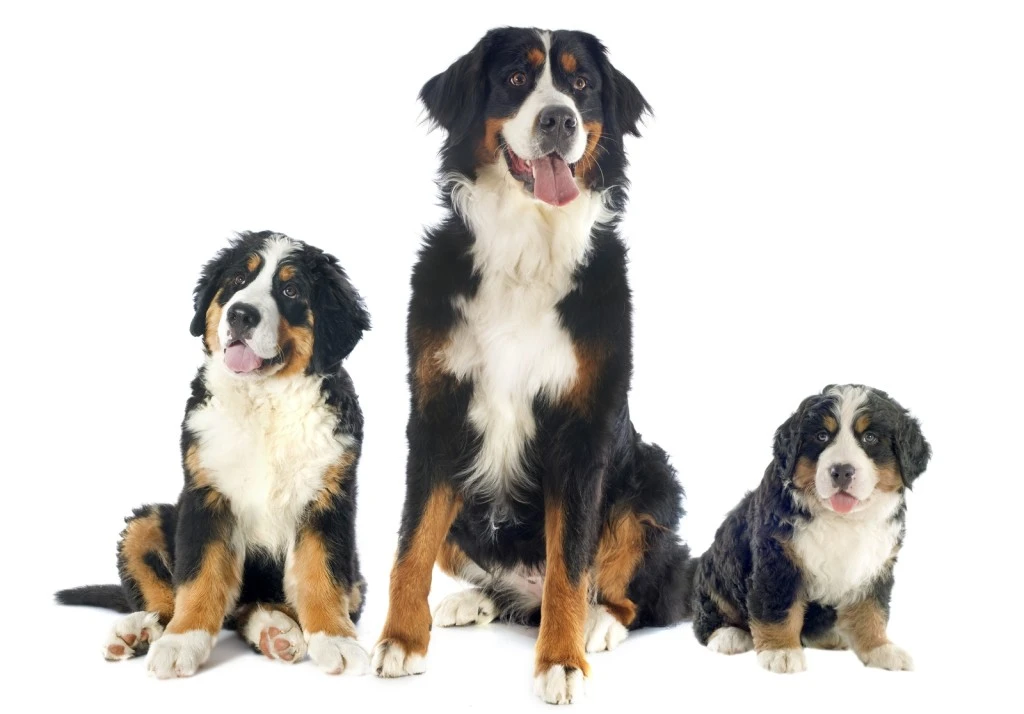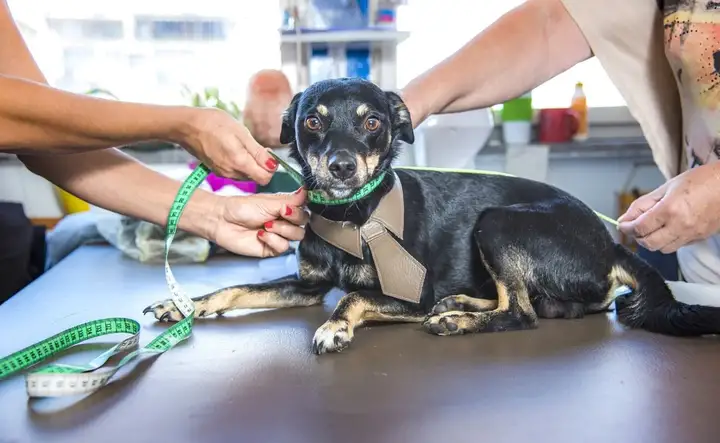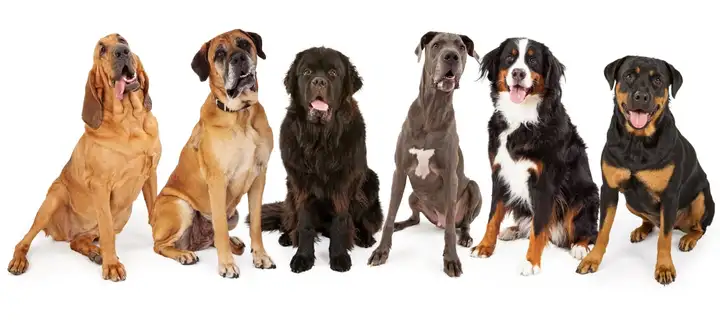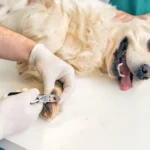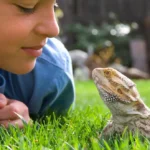Growing a puppy into a full-grown dog is an exciting and sometimes confusing journey for dog owners. Many wonder, when do dogs stop growing? The answer depends on several factors, such as breed size, nutrition, and genetics. Understanding the stages of your puppy’s growth will help you provide the best care as they mature into adult dogs.
In this blog, we’ll explore the different growth stages of dogs, explain what affects their growth, and discuss how you can tell when your dog has stopped growing. Whether you’re raising a small Chihuahua or a giant Great Dane, this guide will provide you with in-depth insights.
Understanding the Growth Process in Dogs
Puppy Development Stages
The puppy growth journey happens in distinct stages, and each stage comes with its own set of milestones. Here’s a breakdown of the primary stages of development:
- Neonatal Stage (0–2 weeks):
In the first couple of weeks, puppies are almost entirely dependent on their mother. During this time, they focus on eating and sleeping as their tiny bodies start growing. You won’t see major physical changes yet, but their organs are developing rapidly. - Transitional Stage (2–4 weeks):
Puppies start opening their eyes, hearing sounds, and taking their first steps. Their growth spurt begins to show, and they start exploring their surroundings more actively. - Socialization Stage (4–12 weeks):
This stage is marked by rapid puppy growth in both size and mental development. They begin learning important social skills and behaviors. By the end of this stage, you’ll notice significant changes in their physical size. - Juvenile Stage (3–6 months):
During this time, your puppy will go through major physical changes. They may experience another puppy growth spurt, and their energy levels peak. You might see height and weight changes almost weekly. - Adolescent Stage (6–18 months):
For many breeds, this is the final growth stage. While their height may stabilize, they continue building muscle mass and filling out. This phase can last longer for larger breeds, especially giant dogs like Great Danes or Mastiffs.
How Growth Plates Determine When Dogs Stop Growing
Dogs stop growing once their growth plates close. Growth plates are soft areas of tissue at the ends of the bones, and they are responsible for bone development. When these plates “fuse” or close, bone growth stops.
- Small breeds typically see their growth plates close by 6-8 months.
- Medium breeds generally experience this between 12–15 months.
- Large and giant breeds can have growth plates that remain open until 18–24 months, or even longer in rare cases.
If you’re curious whether your dog has stopped growing, a veterinarian can take an X-ray to determine if the growth plates have closed.
Breed Size and Growth Timeline
The size of your dog plays a significant role in determining when they’ll stop growing. Let’s break this down into different categories:
Small Dog Breeds
- When do small dogs stop growing?
Small breeds, such as Chihuahuas and Dachshunds, tend to stop growing earlier than larger breeds. Typically, their growth halts between 6–8 months.
| Small Dog Breed | Growth Stops (Months) | Typical Adult Weight (lbs) |
| Chihuahua | 6–8 | 3–6 |
| Dachshund | 6–8 | 16–32 |
| Pomeranian | 6–8 | 3–7 |
These dogs may reach their full height quickly, but they will continue to fill out in muscle mass during their first year.
Medium Dog Breeds
- When do medium dogs stop growing?
Medium breeds, such as Beagles and Bulldogs, usually stop growing between 12–15 months.
| Medium Dog Breed | Growth Stops (Months) | Typical Adult Weight (lbs) |
| Beagle | 12–15 | 20–30 |
| Bulldog | 12–15 | 40–50 |
| Cocker Spaniel | 12–15 | 20–30 |
At this stage, these breeds may still experience some puppy growth spurts but will stabilize as they reach adulthood.
Large and Giant Dog Breeds
- When do large dogs stop growing?
Larger breeds like Labrador Retrievers and German Shepherds tend to grow until they’re around 18–24 months. For giant breeds, such as Great Danes, growth can continue for up to 3 years.
| Large/Giant Breed | Growth Stops (Months) | Typical Adult Weight (lbs) |
| Labrador Retriever | 18–24 | 65–80 |
| German Shepherd | 18–24 | 70–90 |
| Great Dane | 24–36 | 110–175 |
These dogs tend to have longer periods of bone growth, muscle development, and even changes in behavior as they transition from puppy to full-grown adult dogs.
Factors That Influence a Dog’s Growth
Genetics
One of the biggest factors determining when a dog stops growing is genetics. Even within the same breed, individual dogs can have different growth rates based on their genetic lineage. If you’re unsure how big your mixed-breed dog will get, looking at the parents can give you a rough estimate.
For example, mixed breeds can have growth patterns that are harder to predict since their genetic backgrounds vary.
Nutrition
Diet plays a vital role in puppy growth. High-quality food packed with nutrients will support healthy development. Puppies need a diet rich in proteins, fats, vitamins, and minerals to grow strong bones and muscles.
- Overfeeding can lead to obesity, which puts stress on growing joints.
- Underfeeding can stunt your puppy’s growth, affecting their health long-term.
Make sure your puppy’s diet is suited for their growth stage and breed size. Larger breeds, for instance, need controlled feeding to avoid issues like hip dysplasia.
Exercise and Physical Activity
- Regular exercise is key for healthy puppy development. It helps with muscle growth, coordination, and energy management.
- Avoid over-exercising puppies: Too much strain can damage growing bones and joints, especially in larger breeds.
Make sure your dog’s exercise matches their growth stage. Puppies need different amounts of activity compared to adults.
How to Tell When Your Dog Has Stopped Growing
Physical Signs
There are a few ways to tell when your dog is no longer in a growth spurt:
- Steady weight: If your dog’s weight stabilizes over a few months, they’ve likely stopped growing.
- Closed growth plates: A vet can confirm this with an X-ray.
- Proportionate body: Your dog’s legs, body, and head will appear balanced.
Behavioral Changes
A dog that has reached its final size often shows mature behavior. They may become less excitable, their energy levels might even out, and they won’t exhibit the hyperactivity of a young puppy.
Common Questions About When Dogs Stop Growing
What Happens if My Dog Grows Too Quickly?
Rapid growth, especially in large breeds, can lead to health problems like joint disorders. If you notice your puppy growing too fast, consult your vet. Controlling food portions and monitoring their exercise can help manage this.
Can a Dog’s Growth Be Stunted?
Yes, poor nutrition or underlying health conditions can stunt a dog’s growth. For example, if a puppy doesn’t get the nutrients they need during their puppy development stages, they may not reach their full potential.
Conclusion
Knowing when dogs stop growing depends on various factors like breed size, genetics, and diet. Small breeds stop growing around 6-8 months, medium breeds around 12-15 months, and large breeds between 18–24 months. Regardless of your dog’s size, providing proper care, balanced nutrition, and regular vet visits ensures they develop healthily through every stage of life.
By understanding the growth stages and monitoring your puppy’s development, you can help them thrive as they transition from adorable puppies into full-grown, healthy dogs.

